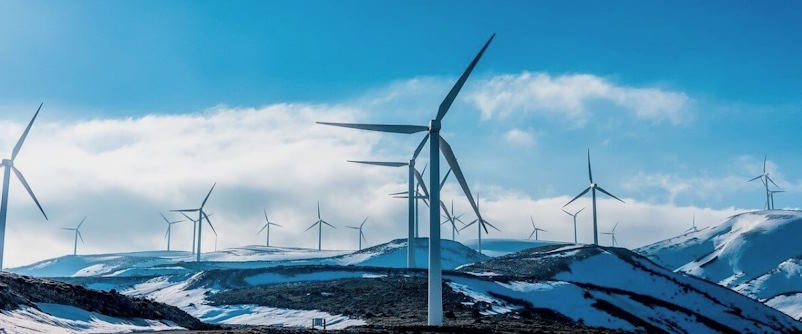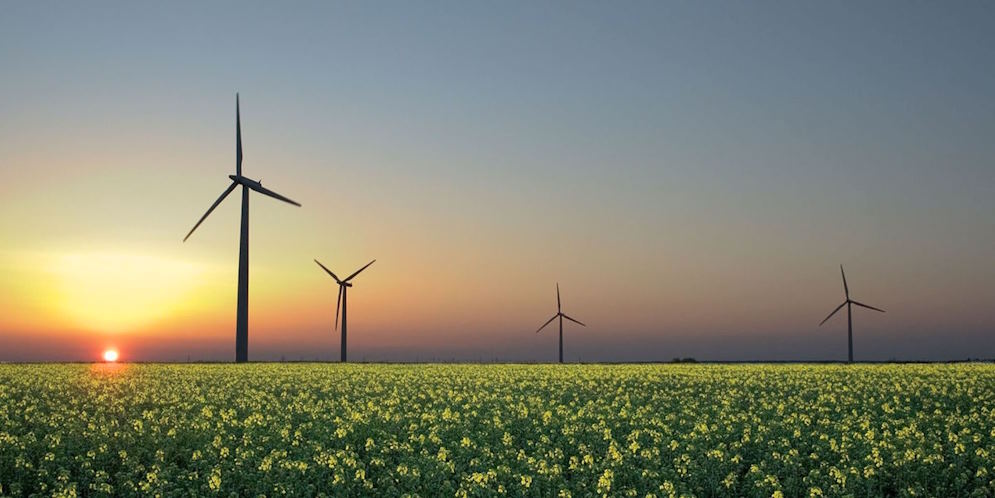Complementing Solar Power
Wind and solar power are complementary sources of renewable energy. They often generate electricity at different times of the day and year. Solar panels produce energy during daylight hours, with peak generation typically around midday. In contrast, wind turbines tend to produce more energy at night and during the colder months when solar generation is reduced. This complementary nature ensures a more consistent energy supply throughout the day and seasons.
Diverse Geographic Distribution
Wind resources vary by region, just as solar resources do. Windy areas may have less solar potential, and vice versa. By incorporating wind and solar into the energy mix, grid operators can tap into diverse geographic resources, reducing dependence on any location for power generation. This geographic diversification enhances grid stability and resilience.
Enhanced Reliability with Hydroelectric Power
When combined with hydroelectric power, wind energy contributes to grid reliability. Hydroelectric facilities can act as energy storage systems. During periods of high wind generation, surplus electricity can be used to pump water into elevated reservoirs. When electricity demand is high, and wind generation is low, the stored water is released to generate hydropower, ensuring a steady electricity supply.

Redundancy and Backup
Wind energy adds redundancy to the renewable energy mix. If one renewable source experiences a dip in generation due to weather conditions or other factors, the others can compensate. This diversity mitigates the risk of energy shortages and enhances grid stability.
Reducing Carbon Emissions
Wind energy, like other renewables, significantly reduces carbon emissions. By integrating wind power with other clean energy sources, such as solar and hydroelectric, regions can substantially reduce emissions. It is crucial for combating climate change and meeting carbon reduction targets.
Meeting Growing Energy Demands
As global energy demands continue to rise, a mix of renewable sources is essential for meeting these needs sustainably. With its increasing capacity and cost-effectiveness, wind energy contributes significantly to the growing demand for clean electricity.
Economic Benefits
The wind energy sector creates jobs, fosters innovation, and drives economic growth in regions with abundant wind resources. This economic stimulus is an additional advantage of including wind power in a diversified energy portfolio.

